Editor’s note: A series of postcards featuring the Rehoboth-Indian Beach Club appeared in the June 27 edition of the Cape Gazette. At the end of the short writeup, readers were encouraged to share photographs and memories of the club since very little historic record remains. This article is a collection of those photos and memories.
The Rehoboth-Indian Beach Club once thrived on the sands of the Atlantic Ocean south of modern-day Dewey Beach. Purportedly once standing at the end of Beach Avenue in Indian Beach, the facility only lasted a few summers before the onset of World War II. But those summers left a lasting impression on many of Delaware’s elite, with the club serving as a summer getaway and a social oasis in an area that was mostly undeveloped at the time.
Richard R. Cooch of New Castle said his parents, Edward W. Cooch Jr. and Sarah Rodney Cooch, attended events at the club. In 1962, they bought a one-story cottage on Beach Avenue, which still stands today. Remembering his parents talking fondly about the club, Richard found a copy of a lengthy 1939 feature article about the club from the long-defunct New Delawarean magazine. He also had other materials from the club from his parents, including an invitation to the 1940 season and an application for membership – sent to his grandfather Edward W. Cooch Sr. and his wife Eleanor B.W. Cooch.
Membership is limited
The cost of a membership was $38.50 for a family, which granted a husband, wife and any children under 21 all privileges of the club. A single membership was also $38.50 for anyone over 21. An unmarried sister and brother residing together were entitled to a joint membership. Those wishing to reserve a cabana could do so for $75 for a month or $150 for a season.
Nonmembers living within a 25-mile radius of the club were permitted to visit the club as a member’s guest one time during the season.
The formal invitation to the 1940 season featured the names of those serving on the membership committee. The list includes Dr. James Beebe; Daniel J. Layton, chief justice of the Delaware Supreme Court; R.R.M. Carpenter, who purchased the Philadelphia Phillies in 1943 and was married to Margaretta Lammot du Pont; Lammot du Pont Jr.; A. Felix du Pont; H. Rodney Sharp, who married Isabella du Pont; and Sen. James Hughes, among others. If married, the men’s wives were also included on the membership committee.
The invitation included a lot of information about the club. Under Purpose, it stated: “This typically American-designed Rehoboth-Indian Beach Club, commanding an unsurpassed view of the Atlantic on the east, and on the west beautiful Rehoboth Bay, provides a perfect setting for the rendezvous of discriminating folk, who with true simplicity, characteristic of that class, have learned the art of working, playing and living graciously. It is true, as our charter member so aptly stated, that ‘the advent of RIBC marked a new era in the social life of Rehoboth Beach,’ the unblemished gem of seaboard resorts.”
The club wasn’t open to just anyone, as the invitation clearly stated the intended clientele.
“It is important that the membership clientele be of the highest standard, and in line with this policy, the membership committee has prepared the invitation list with due care.”
A lot to do
The club had a variety of social activities, including bridge luncheons, cocktail parties and private dinner gatherings. Gourmet meals were served at luncheons and dinners, and a sandwich bar was added for the 1940 season.
It was often the site of special events. Included with the New Delawarean article is a photograph of a dinner hosted by Gov. Richard C. McMullen (1937-41) for his staff and their wives. Another photograph shows Charles W. Cullen, chairman of the State Highway Commission, enjoying a drink with his wife. The new Indian River Inlet bridge, just a few miles south of the club, was named after Cullen.
Entertainment included daily tea dancing on the open-air ship’s deck, Sunday afternoon concerts, and international nights that provided members with an opportunity to enjoy foreign music, costumes, dance and cuisine.
The atmosphere was described thus: “With the mellow moonlight, a phosphorescent sea, be-twinkling stars and pulse-tingling music of well-known bards to create an atmosphere of romance and sense of well-being, there can be no dull evenings at the club.”
Besides nightlife, there was plenty to do throughout the day. The club employed a swimming instructor and a director of beach exercise. In addition, members and guests could enjoy paddle tennis, badminton, archery and other beach games. Surf-fishing in front of the club was permitted, and the club manager could arrange for bay or deep-sea fishing excursions.
The club was managed by Sidney Mitchell, who came to the club with hotel and beach club experience. The quality of the club was noticed by the New Delawarean. In the article, it says: “As well-equipped and staffed as any club in Miami or Boca Raton, the RIBC offers its members every entertainment facility 24 hours a day.”
Unceremonious end
Despite its popularity, the club lasted only a few years, as it was abandoned due to World War II.
Cooch said his father was stationed with the 21st Coast Artillery at Fort Miles during World War II. One of his duties was to occasionally go out on the ocean at night to make sure the seaside towns of Delaware were properly blacked out.
“No wonder the club had to close,” he said.
The club sold at auction on Christmas Eve 1943. It was turned into a summer vacation school for near-draft-age boys from St. James School of Lydia, Md. In 1947, the clubhouse building was moved from Indian Beach to the Rehoboth Juniors’ Swimming and Sailing Club on Rehoboth Bay.
Sections of the club still exist throughout the Cape Region. One of the bungalows sits at 42 Sussex St. in Rehoboth Beach. With a very small front yard, the former bungalow is easy to see despite overgrowth from trees.
Another section of the club is a purportedly a portion of a raised home at 15 Read Ave. in Dewey Beach. Harry Humes, who sent photographs of the home, said it has been remodeled several times over the years.
One of the bungalows once stood at 7 Prospect St. Enid Lagree said her parents purchased the property in 1979, and she bought it from them in 1990. “We tore it down, a real heartbreaker, in 2006,” she said.
Sarah Dougherty, a Dewey historian who took over for her mother Barbara Quillen Dougherty, said a new Indian Beach Club was built at the northwest corner of Prospect Street and Lake Drive on Silver Lake. She said it was researched and confirmed by her mother.
Despite these few examples, there is little evidence left of a once-thriving venue that was the social center of the Cape Region.
Today, the site has been subdivided into several properties. Sussex County records still contain a property description as “Indian Beach Surf Club.” Unlike most other beachfront properties, the beach club parcels extend nearly to the Atlantic Ocean, likely a remnant of the Rehoboth-Indian Beach Club’s existence.
About the New Delawarean
According to a 1999 article in the News Journal, the New Delawarean was a societal magazine that lasted from 1938 until about 1944. It featured the goings-on of Delaware’s elite, including pages filled with pictures of society events. The September 1939 edition was the first of the monthly magazine’s second year. It was available for 15 cents per copy, $1.50 for an annual subscription or $2.50 for two years. In the Cape Region, the magazine was available for purchase at Morris’ Drug Store in Lewes and Snyder’s in Rehoboth Beach. The magazine’s office was 923 Orange St., Wilmington, with Boswell J. Drake serving as president of the company. The Delaware Historical Society has issues of the New Delawarean in its catalogue.




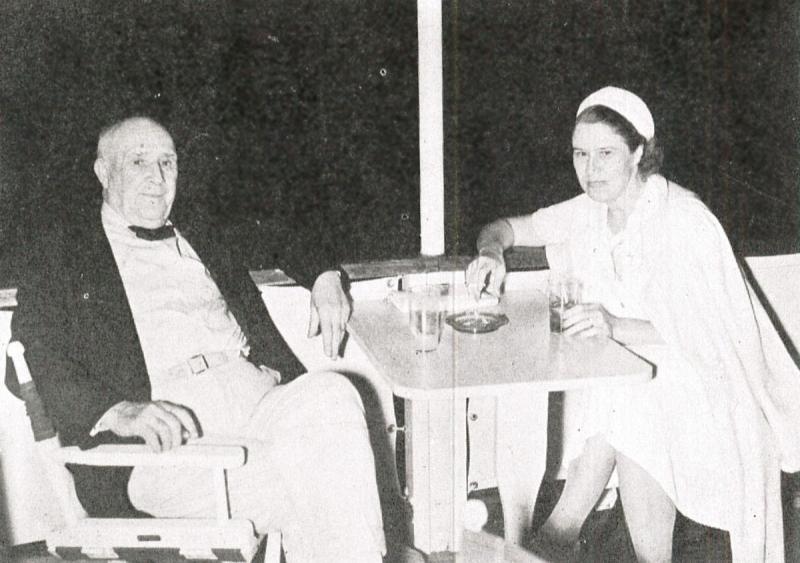
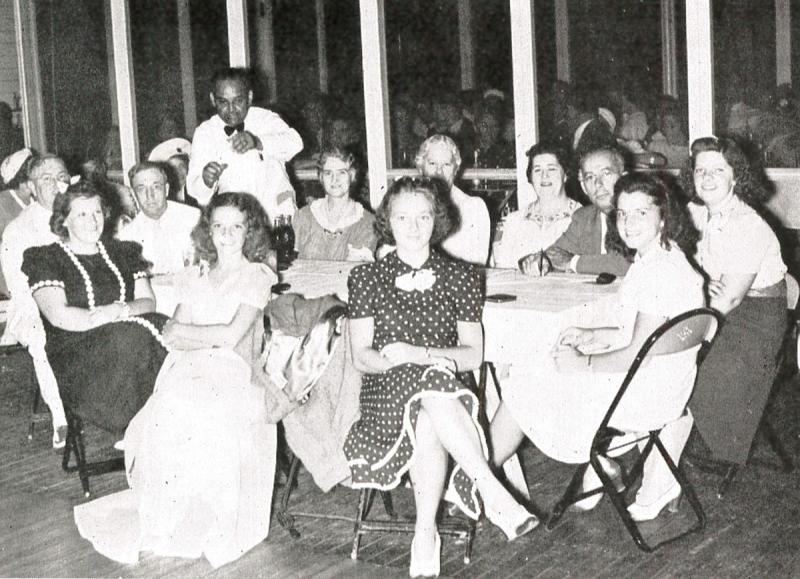


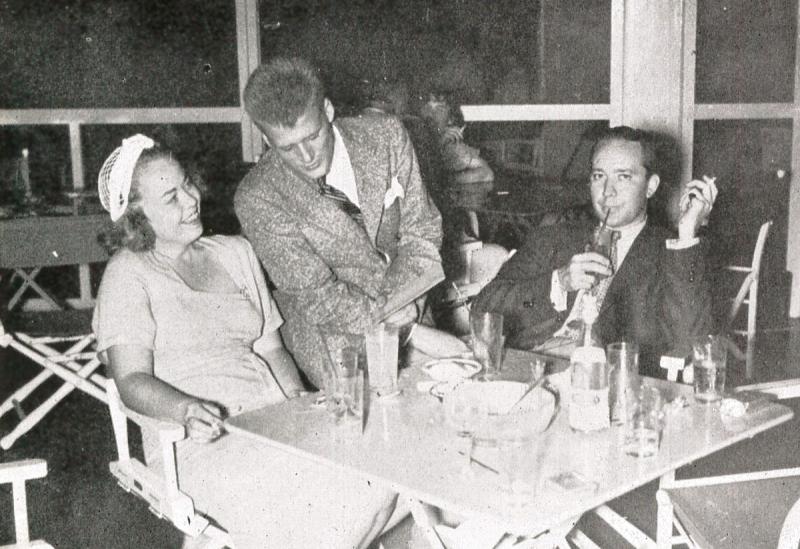

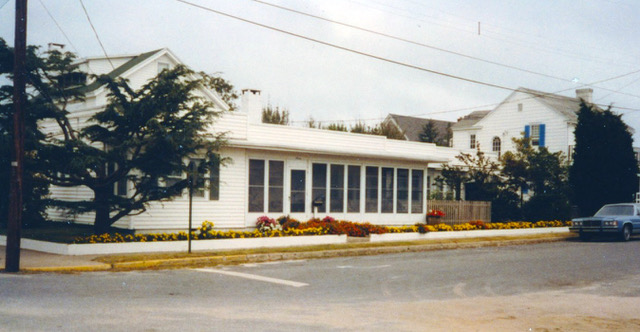

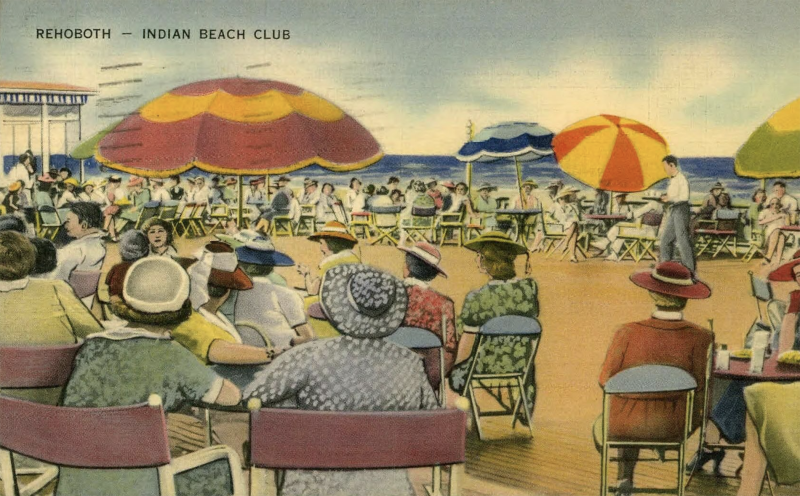



Nick Roth is the news editor. He has been with the Cape Gazette since 2012, previously covering town beats in Milton and Lewes. In addition to serving on the editorial board and handling page layout, Nick is responsible for the weekly Delaware History in Photographs feature and enjoys writing stories about the Cape Region’s history. Prior to the Cape Gazette, Nick worked for the Delmarva Media Group, including the Delaware Wave, Delaware Coast Press and Salisbury Daily Times. He also contributed to The News Journal. Originally from Boyertown, Pa., Nick attended Shippensburg University in central Pennsylvania, graduating in 2007 with a bachelor’s degree in journalism. He’s won several MDDC awards during his career for both writing and photography. In his free time, he enjoys golfing, going to the beach with his family and cheering for Philadelphia sports teams.




























































